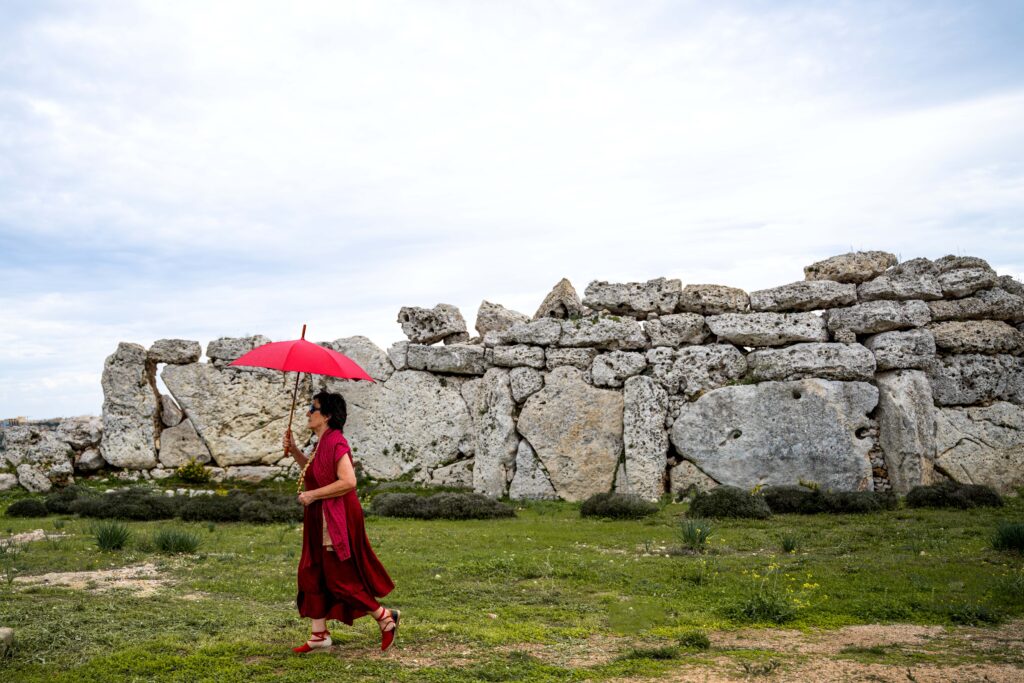“Chairs are uniquely the best expression of design,” said American furniture designer, Vladimir Kagan
“A chair is [also] a very difficult object [to design],” noted German/American architect Ludwig Mies Van der Rohe.
The chair – considered by many as the epitome of design (when done well), is therefore, by default, both a difficult object as well as representative of the “best design”.
Within our context, a chair can and has divided a nation’s sentiments – and here I reference Austin Camilleri’s Siġġu, which was commissioned for last year’s Malta Biennale.
Siġġu was a temporary public artwork directly interacting with a permanent public monument representing Queen Victoria in Republic Square (aka Pjazza Reġina). It didn’t really matter whether you loved or hated Camilleri’s piece.
Because ultimately, the scope of (good) art is to elicit debate, discourse; it is meant to pose questions; engage with its surroundings, both static and not (this includes its viewers and audiences); it is meant to alter the dynamic of space, be it in a gallery, museum or even public space.
“Despite teething problems or criticism, the biennale has already made its mark”
Temporary public sculpture can be fascinating because it creates a small yet significant shift within a known and existing space. It creates a new narrative, adding and juxtaposing; nodding to the past, while questioning the present; occupying and making a claim within the space in which it sits.
This preamble does not merely reference Camilleri’s valid or stirring work, rather, it is being used to illustrate and represent the ethos and vision grounding the Malta Biennale – wherein museums and historical sites become the vessels for an important dialogue between cultural heritage and contemporary art.
And here lies the importance of the Malta Biennale. An initiative of Heritage Malta, the Biennale sought, from the onset, to act as a ‘channel’ through which Maltese and Malta-based artists could connect with and exhibit in historical spaces – a largely untapped resource, where project or exhibition space is concerned.
Simultaneously, artists had/have the opportunity of interacting and directly engaging with international participating artists, as well as a strong team of curators and cultural professionals.
They say it takes a village to raise a child. So what exactly does it take to organise a biennale?
I’m drawing this comparison, because ultimately, the Malta Biennale – which is still in its infancy – is the brainchild of Heritage Malta chair and Malta Biennale 2026 president Mario Cutajar. Giving life and form to a concept for a project is one thing, but turning it into a thriving platform, is quite another.
Despite teething problems or criticism, the biennale has already made its mark. It has attracted the unique patronage of UNESCO, because of an alignment of principles and objectives. But, more importantly, it is attracting the attention of international artists, curators and practitioners.
While the curatorial team – headed by renowned international curator Rosa Martínez and executive team is steadily gearing up to launch the second edition in Spring of 2026, here are a few numbers which indicate the impressive amount of interest being generated by the Malta Biennale: over 3,200 proposals were submitted via the international open call for artists for the 2026 edition, representing 122 countries of origin; and 47 applications were selected after a gruelling and meticulous selection process by the curatorial team.
A total of 31 national and thematic pavilions are to be featured, well over double the number featured in the first edition, and an events programme (satellite and public programme events), that will see a myriad 80 plus projects presented to audiences.
Last year, while the inaugural edition of the Biennale was under way, I watched as it unfolded. The speed with which the platform made waves placed Malta firmly on the radar of the contemporary art world. Even though there are still a few months left until we cut the red ribbon, the second edition promises to set a precedent of excellence and a benchmark for future editions.
Lisa Gwen Chetcuti is director of communications of the Malta Biennale 2026.
